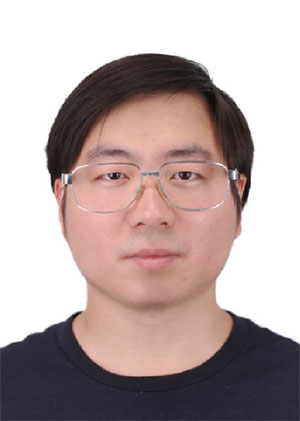USTC Astronomy Seminar Series: 2019 Spring
Intrinsic Morphology Evolution of Ultra-diffuse Galaxies
容昱 博士
Pontificia University Catolica de Chile
2019/09/19, 4:00pm , the 19th-floor Observatory Hall

The investigation of the properties and formation of ultra-diffuse galaxies (UDGs), which have Milky-Way sizes but are as faint as typical dwarfs, has not reached a clear consensus. In this talk, I will describe our recent investigation for the intrinsic morphology of UDGs with the published data of apparent axis ratios for 1109 UDGs located in 17 low-redshift galaxy clusters and 84 UDGs in 2 intermediate- redshift clusters. We find that the UDG data favor the oblate-triaxial models, and the intrinsic morphologies of UDGs are relevant to their stellar masses/luminosities, environments, and redshifts. The UDG thickness dependence on luminosity is distinct from that of the typical quiescent dwarf ellipticals (dEs) and dwarf spheroidals (dSphs) in the local clusters and groups, but resembles that of massive galaxies; in this sense, UDGs may not be simply treated as an extension of the dE/dSph class with similar evolutionary histories.
Dr. Yu Rong is a FONDECYT fellow postdoctor (03/2019-Present) in the Institute of Astrophysics, Pontificia Universidad Catolica de Chile (IA-PUC), working in the group of Complex Stellar Systems led by Prof. Thomas H. Puzia. He got Ph.D. in the Institute of High Energy Physics, Chinese Academy of Sciences (Supervisor: Shuang-Nan Zhang). After that, he spent the first postdoctoral period (09/2016-09/2017) in the National Astronomical Observatory, Chinese Academy of Sciences, working on galaxy formation and evolution with Prof. Liang Gao. From 10/2017 to 03/2019, he was a CAS-CONICYT fellow postdoctor working on dwarf galaxies in IA-PUC. His current research is primarily focused on formation and evolution of dwarf galaxies, particularly UDGs.
 邮编:230026 ,
邮编:230026 ,  联系电话: 0551-63601861
联系电话: 0551-63601861 Email:
Email: